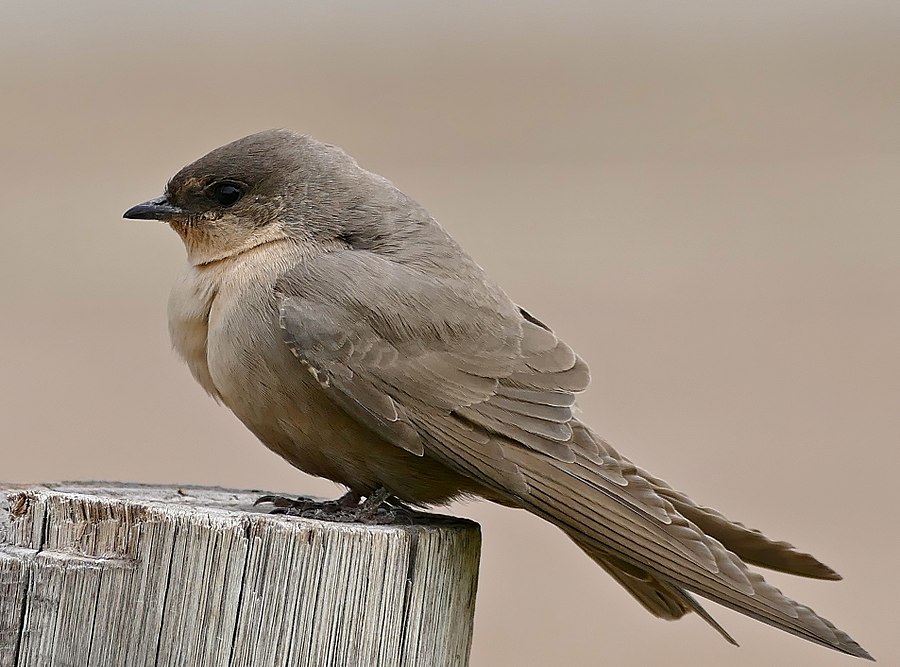Facts About Rock martin
The rock martin is a small bird belonging to the swallow family, commonly found in central and southern Africa. While it typically prefers mountainous regions, it can also be observed at lower altitudes, especially in rocky areas and near human settlements. Unlike most swallows, it does not closely associate with water sources. Measuring approximately 12-15 cm in length, this bird exhibits primarily brown plumage with distinctive white markings on its tail visible during flight. Both male and female rock martins appear quite similar, though juveniles display some distinct features.
These birds exhibit remarkable ingenuity in nest construction. They use mud pellets to build their nests on horizontal or vertical surfaces, frequently under cliff overhangs or on man-made structures. Typically, they lay 2-3 eggs per clutch, which are white with brown and grey speckles. Both parents share the responsibilities of incubating the eggs and feeding the chicks. The fledglings leave the nest after about 22-24 days but may return to roost for a few additional days.
In terms of diet, rock martins primarily hunt flying insects, capturing them mid-flight along cliff faces. They are highly agile fliers, and their call is a soft twitter. Predators such as falcons pose a threat to them, and they may also host parasites like ticks. Despite these challenges, the rock martin population remains stable and widespread, which is why they are classified as "Least Concern" on the IUCN Red List.
First described in 1842, the rock martin belongs to the genus Ptyonoprogne, which is closely related to other crag martins. There are several subspecies with slight variations in color and size, though these differences are often subtle, and interbreeding occurs where their ranges overlap. The bird’s range covers much of Africa, with breeding habitats that include mountains, lowlands, cliffs, gorges, and even man-made structures.

 South Africa
South Africa